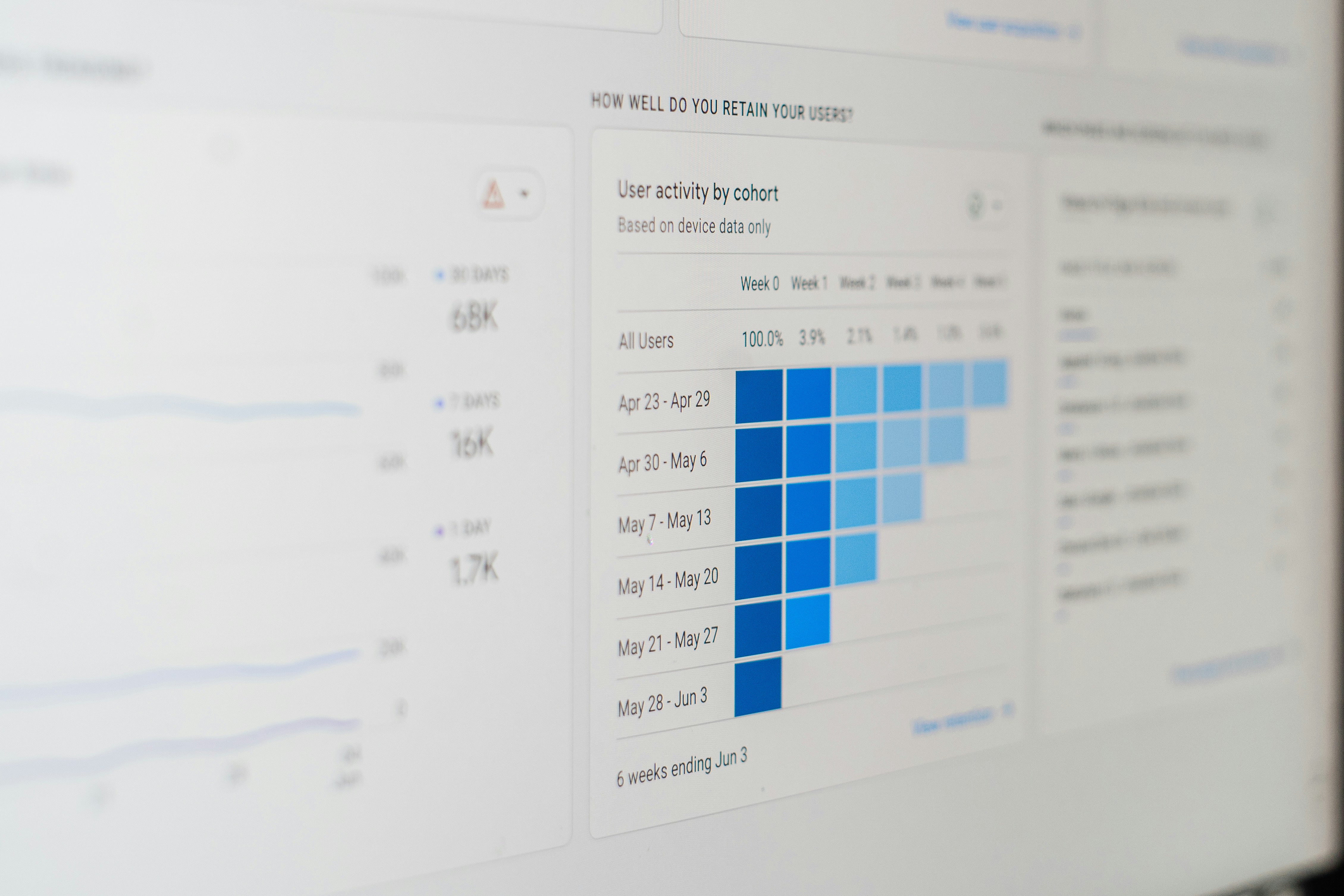Understanding the COUNTIF Formula
- The COUNTIF formula in Excel is a powerful tool that allows users to count the number of cells meeting specific criteria in a given range.
- This functionality is incredibly beneficial for data analysis, enabling users to quickly derive insights from their datasets.
COUNTIF Syntax and Components
- The syntax for the COUNTIF formula is simple:
COUNTIF(range, criteria). - Here, range refers to the group of cells you want to analyze, while criteria is the condition that must be satisfied for a cell to be counted.
- Properly utilizing this formula can streamline tasks and improve efficiency.
Examples of the COUNTIF Formula
Here are four practical examples of how to implement the COUNTIF formula:
- To count how many times a name appears, you can use:
=COUNTIF(A2:A10, "dinesh"). This will count all occurrences of “dinesh” in cells A2 through A10. - If you wish to count numbers greater than a specific value, try:
=COUNTIF(B2:B10, ">150"). This formula counts how many numbers in the range exceed 150. - To determine how many cells do not equal a certain value, use:
=COUNTIF(C2:C10, "failed"), which counts all cells not equal to “failed”. - Finally, if you need to count cells containing partial text, employ
=COUNTIF(D2:D10, "mango*"). This counts cells containing “mango” as part of a longer text, such as “green mango”.
Remember to use wildcards for flexibility and enclose criteria in quotes when necessary.


